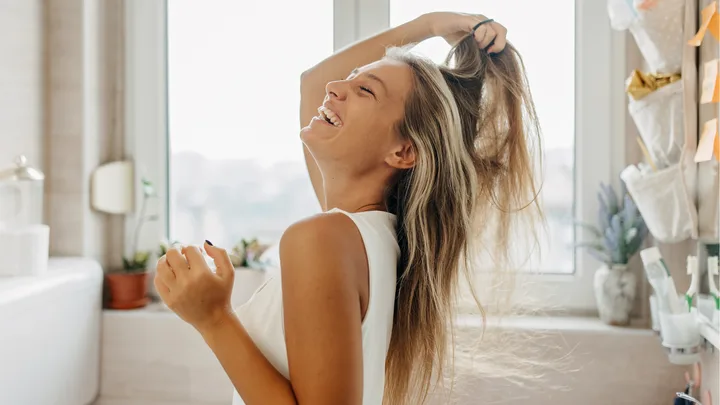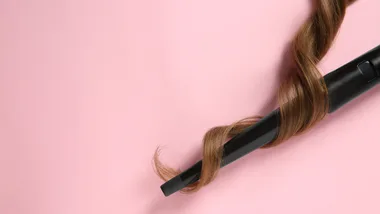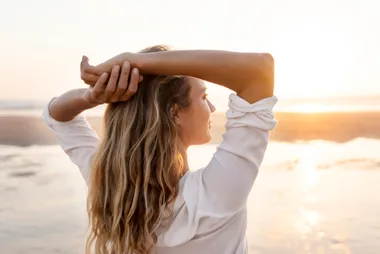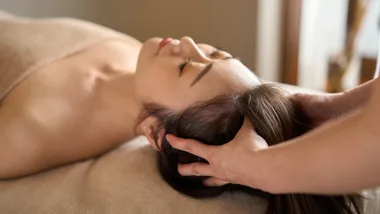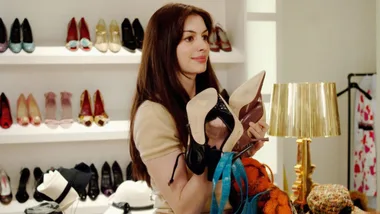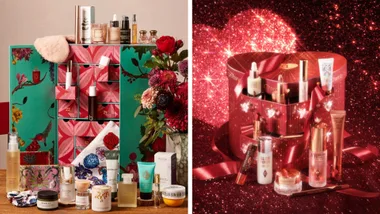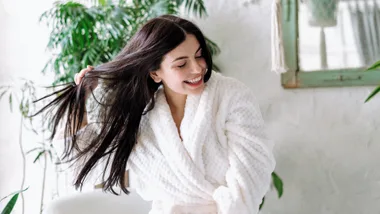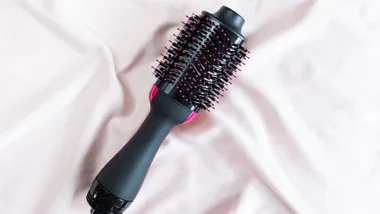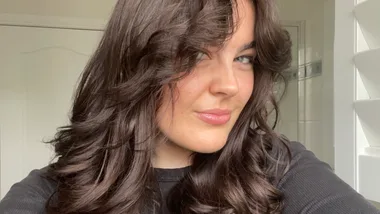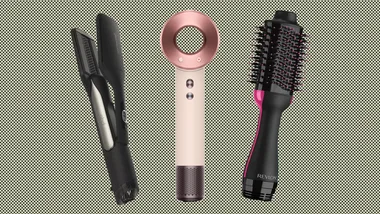As women, we often mark life’s pivotal moments with hair changes. Let’s skip over the questionable haircuts of our 20s, and fastforward to the changes that naturally come with age.
Pillows covered in hair and a drain problem thanks to thinning hair, not to mention that first silvery strand of grey… And don’t get us started on dullness and worsening frizz.
“As you get older hair can become brittle and take on a coarser texture,” says Giles Robinson, Color Wow’s global director of training and education. “You may also notice hair doesn’t look as shiny or healthy.”
The answer, he says, is to adapt. Thankfully, that’s something we all certainly know how to do.
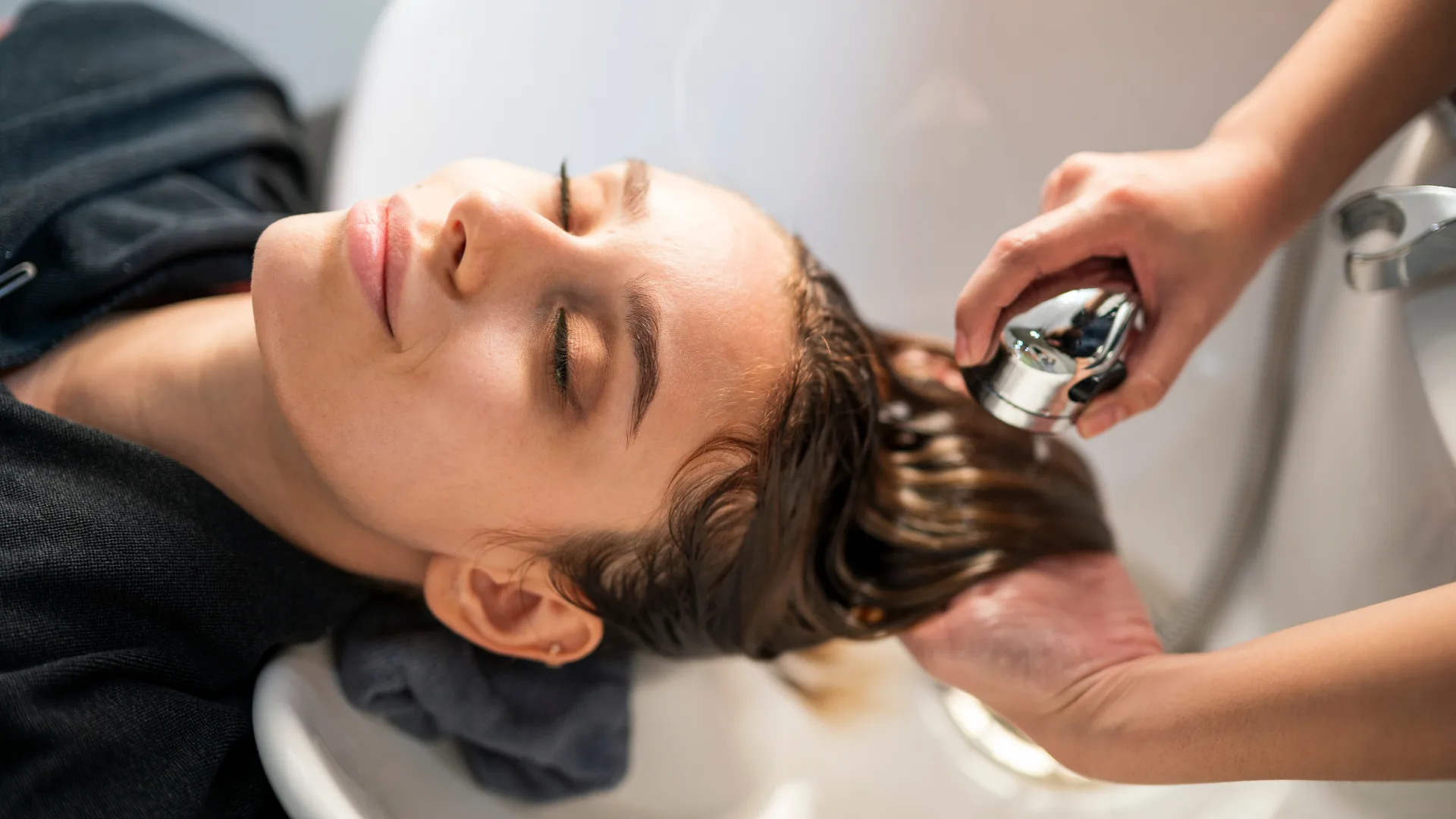
Is heat bad for your hair?
The hair math is simple: blow-dryers, straighteners and curling irons all compound dryness, dullness and frizz. But we need them for a good hair day in the first place! What to do?
Adapt your routine with new technology and formulas. The most obvious switch is one of the most exciting things to happen in tools: the Dyson Corrale, $699. Developed by engineers, it styles and straightens hair using 50 percent less heat than most competitors.
Another way to protect hair is to add a new-generation formula that makes it faster to style. Kevin Murphy’s Blow.Dry Ever.Smooth, $49.95, has polymer technology that helps hair remember the smooth style you’ve just created, even after shampooing.
Finally, a new heat-activated treatment, Sisley Hair Rituel The Cream 230, $125, protects your hair’s keratin and reduces breakage with a technology that infuses restorative ingredients deep into the hair fibre, repairing hair against heat of up to 230°C. It also nourishes with camellia and moringa oils.
How often should you wash your hair?
Small changes to your routine can help prevent the breakage that makes hair look less healthy. The first: cut back on washing.
The reason is that when hair is wet, it’s weaker, so reducing your exposure to water and towel-drying helps. And then when you do wash, switch from a brush to a wide-tooth comb afterwards.
What are the best at home hair treatments?
“Your hair craves moisture,” says Giles, especially if it’s colour-treated. “This process removes the lipid layer off your hair, leaving it coarse and less shiny over time.”
Giles adds softness and shine back to clients’ hair with Color Wow’s Dream Cocktail Coconut-Infused Spray, $49, which replaces that lipid layer colouring has removed. As a general rule, focus treatments on mid-lengths and ends for best results.
John Pulitano, Creative Director of Headcase Hair in Sydney also suggests booking in for a professional hair treatment. “They’re designed to return your locks to their healthy best,” says John. “And the condition will last several washes,” he adds.
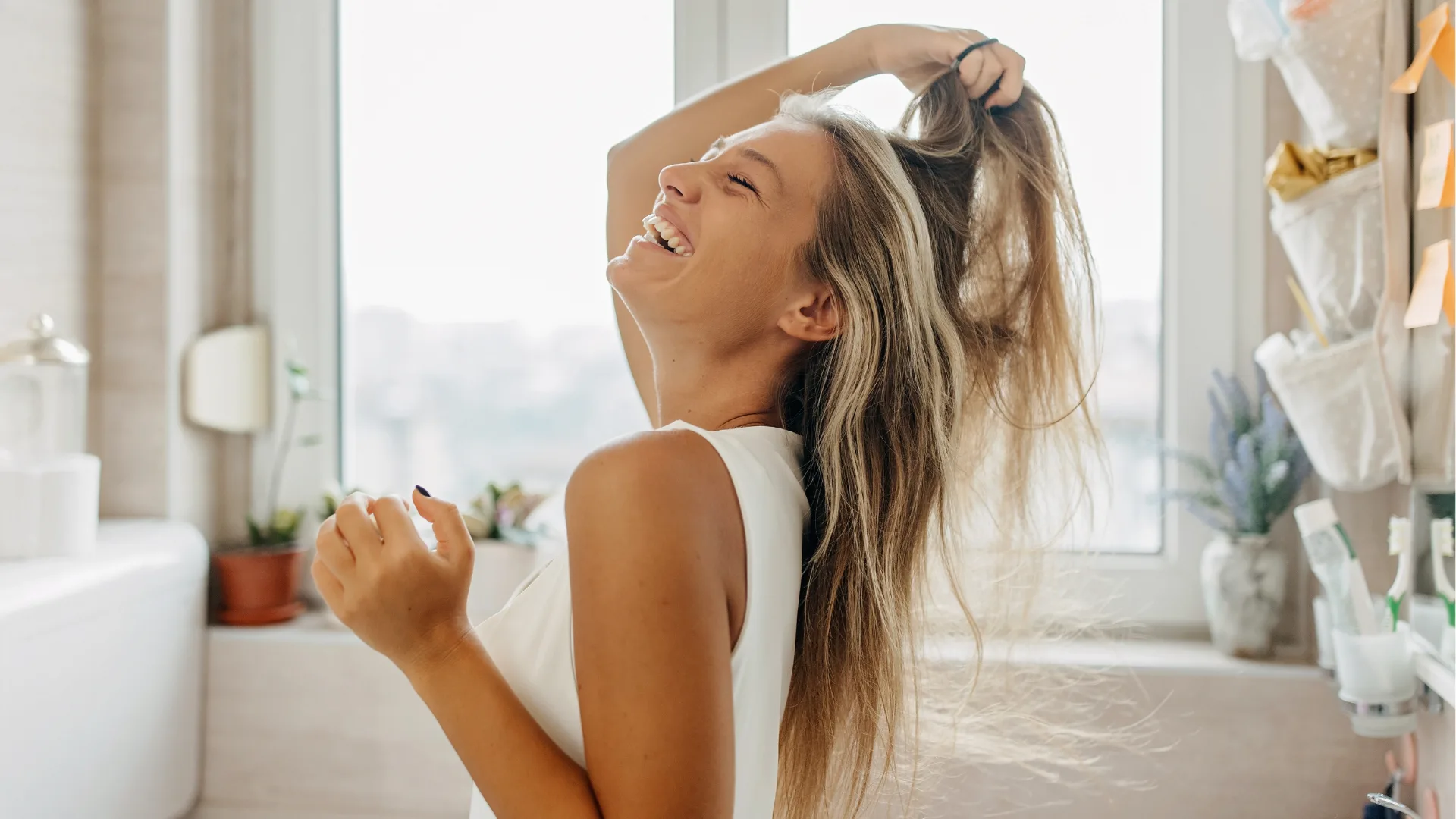
Why should you use toner?
For blondes, adding a purple shampoo or toning mask neutralises brassiness and brightens. “Between salon visits, it keeps colour fresh,” says hairstylist Dee Parker Attwood, National Ambassador Schwarzkopf Professional.
Violet pigments give iridescence to blonde and silver hair and helps reduce warmth in highlights on darker hair too.
How do you dye grey hair?
Like the move from heavy foundations to lighter ones, most experts agree it’s best to blend emerging greys into your natural colour than hide it completely. It’s less maintenance and allows you to avoid the regrowth line. Dee says clever highlighting is the modern way to blend in.
“A few blonde highlights will make your greying hair seem creamy rather than yellow,” she says. “In the salon, your hairdresser will choose a complimentary toner to achieve this, as they are designed to cover greys without damaging the hair.”
If you’re colouring hair at home, “apply colour with a comb to blend the greys,” suggests colourist Pete Lennon of Crown Hair in Sydney. Colour treating your natural hair colour is also a great way to add volume. Consider a technique called balayage, which leaves the roots darker and the ends lighter, so your hair appears thicker on top.
What causes hair loss in women?
Almost 49 per cent of women will be affected by hair loss throughout their lives, and the incidence steadily increases with age in all ethnicities.
“Shampoo can be a culprit,” says Giles. “It’s the only product we massage into our scalps and many formulas are laden with ingredients engineered to stay when you rinse, such as thickening agents, silicones, waxes, conditioners.”
While this is well and good when you’re younger, the build-up around hair follicles may cause vulnerable roots to shut down. “If you’re worried, stay away from shampoos that thicken or smooth,” says Giles. Instead, opt for a low-PH formula that gently cleans hair.
